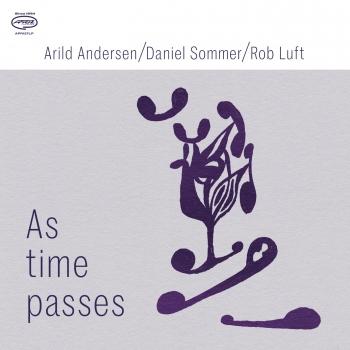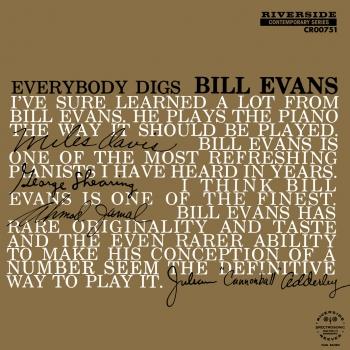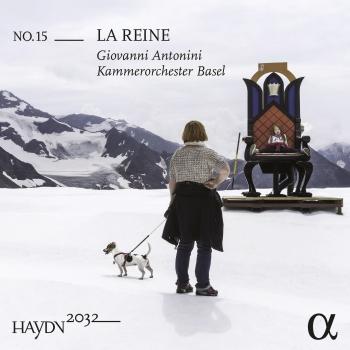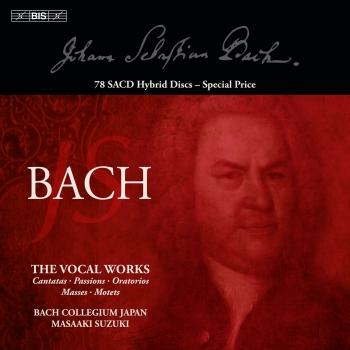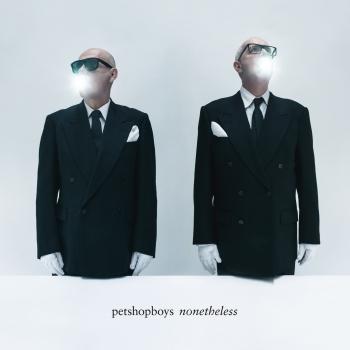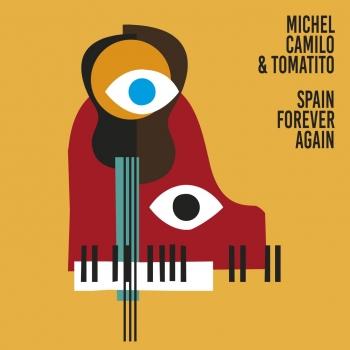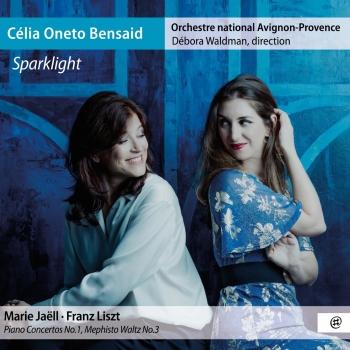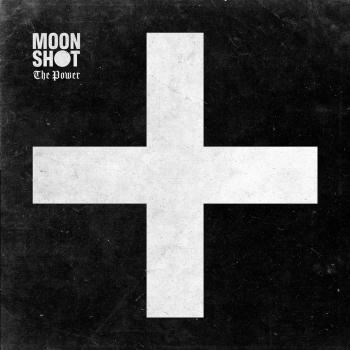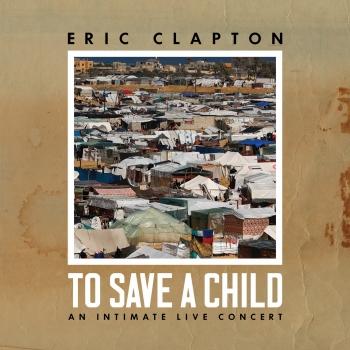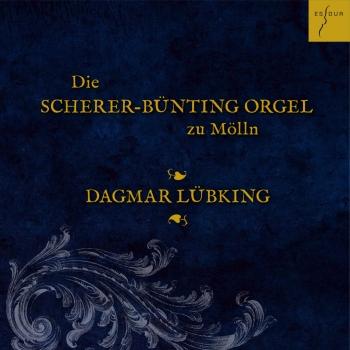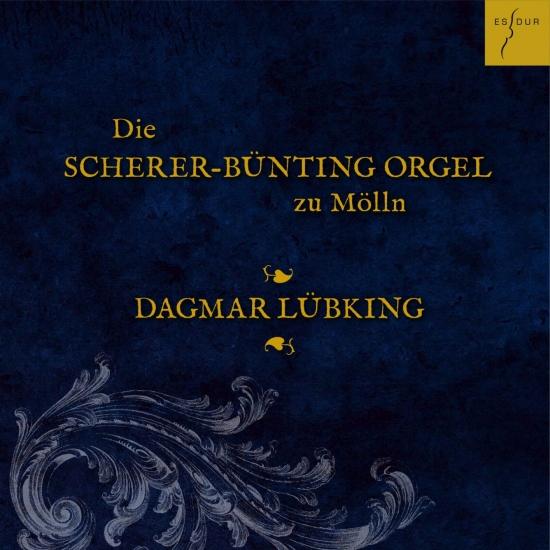
Die Scherer-Bünting-Orgel zu Mölln Dagmar Lübking
Album info
Album-Release:
2024
HRA-Release:
12.01.2024
Label: Es-Dur
Genre: Classical
Subgenre: Chamber Music
Artist: Dagmar Lübking
Composer: Michael Praetorius (1571-1621), Heinrich Isaac (1450-1517), Hans Leo Hassler (1564-1612), Dieterich Buxtehude (1637-1707), Abraham van den Kerckhoven (1618-1701), Christian Ritter (1645-1725), Georg Böhm (1661-1733), Jean-Baptiste Lully (1632-1687), Johann Sebastian Bach (1685-1750)
Album including Album cover
- Michael Praetorius (1571 - 1621):
- 1Praetorius: Hymnus in festo resurrectionis et in festo Michaelis archangeli: Vita Sanctorum02:32
- 2Praetorius: Variationen über Nun lob, meine Seel den Herren06:07
- Heinrich Isaac (1450 - 1517):
- 3Isaac: Innsbruck, ich muß dich Lassen03:08
- Hans Leo Hassler (1564 - 1612):
- 4Hassler: Alleluja, laudem dicite deo Nostro03:08
- Dieterich Buxtehude (1637 - 1707):
- 5Buxtehude: Mit Fried und Freud ich fahr dahin BUXWV 76: Contrapunctus I - Evolutio I03:47
- 6Buxtehude: Mit Fried und Freud ich fahr dahin BUXWV 76: Contrapunctus II - Evolutio II03:47
- 7Buxtehude: Mit Fried und Freud ich fahr dahin BUXWV 76: Klag-Lied (Muss der Tod denn auch Entbinden)02:57
- Abraham van den Kerckhoven (1619 - 1702):
- 8Kerckhoven: Fantasie D-Moll05:56
- Christian Ritter (1645 - 1725):
- 9Ritter: Sonatina D-Moll04:42
- Georg Böhm (1661 - 1733):
- 10Böhm: Vater unser im Himmelreich05:04
- Jean-Baptiste Lully (1632 - 1687):
- 11Lully: Phaeton (Oper in 1 Prolog und 5 Akten): Ciaconna G-Dur04:18
- Johann Sebastian Bach (1685 - 1750): Orgelbüchlein:
- 12Bach: Orgelbüchlein: Puer natus BWV 60302:16
- 13Bach: Orgelbüchlein: Der Tag, der ist so freudenreich BWV 60502:01
- 14Bach: Orgelbüchlein: Christ ist erstanden BWV 62704:06
- 15Bach: Orgelbüchlein: Herr Jesu Christ, dich zu uns wend BWV 63201:33
- 16Bach: Orgelbüchlein: Liebster Jesu, wir sind hier BWV 63302:48
- 17Bach: Orgelbüchlein: Vater unser im Himmelreich BWV 63601:45
- 18Bach: Orgelbüchlein: Ich ruf' zu dir Herr Jesu Christ BWV 63902:53
- 19Bach: Orgelbüchlein: Wenn wir in höchsten Nöten sein BWV 64102:08
- 20Bach: Orgelbüchlein: Wer nur den lieben Gott lässt walten BWV 64201:45
- Fantasie G-Dur (Pièce d'Orgue) BWV 572:
- 21Bach: Fantasie G-Dur (Pièce d'Orgue) BWV 572: I. Très Vitement01:33
- 22Bach: Fantasie G-Dur (Pièce d'Orgue) BWV 572: II. Gravement05:59
- 23Bach: Fantasie G-Dur (Pièce d'Orgue) BWV 572: III. Lentement01:51
Info for Die Scherer-Bünting-Orgel zu Mölln
When the new organ was built in Mölln's St. Nicolai Church in 1558, Jacob Scherer took pipes from 1436 from the previous building - probably the oldest known Gothic organ pipes in northern Germany. For her recording on the Scherer-Bünting organ, which was completed in May 2022 after a sensational restoration by the Flentrop company and completed in May 2022, the organist Dagmar Lübking has selected works that document the richness of sound and the extraordinary, almost 600-year history of this unique instrument.
The Scherer-Bünting organ in the St. Nicolai Church in Mölln and its restoration by the Flentrop company is a unique event, not only in northern Germany. With the pipes still preserved in the Mölln organ and the pipes taken from Kappeln an der Schlei, which were not used in the restoration there for stylistic reasons, it is the only surviving organ by Jacob Scherer.
The Scherer family with Jacob Scherer, his son Hans Scherer (the older) and his son Hans (the younger) shaped organ building in Hamburg and the surrounding area in the 16th and first half of the 17th century. Together with Dutch influences, this developed into the North German organ type with the “Hamburger Prospekt”: with Hauptwerk, Rückpositiv and an independent pedal in two towers to the right and left of the Hauptwerk. Due to some strokes of luck in the history of its creation, the Mölln organ now occupies an outstanding position in the North German organ landscape: When the new organ was built in 1558 in the Mölln St. Nicolai Church, Jacob Scherer took over pipes from the previous building from 1436 - probably the oldest known Gothic organ pipes in North Germany. In the 16th century, Hans Köster built a Rückpositiv, and in the 17th century, the Lübeck organ builder Friedrich Stellwagen expanded the main work and pedal and added a chest positive, again using old pipes. A new organ was built in the 18th century by the organ builder Christoph Julius Bünting, giving the instrument a late baroque character with a new case. He also adopted pipes from organ builders of past centuries. After various restorations at the beginning of the 19th century, conversions and renovations in the 19th and 20th centuries by Marcussen, Tolle and Neuthor, consideration of a fundamental restoration began at the beginning of the 21st century - also made urgent by the poor condition of the organ. When asked what condition the organ should be restored to, the decision was quickly made to restore Bünting's late baroque concept. The Flentrop company has now succeeded in an excellent way in producing a synthesis of the past centuries up to the end of the 18th century and still maintaining the independence of the register colors from the different eras, so that the organ is ideal for representing the music of the 16th to 18th century is suitable.
Dagmar Lübking, organ (Scherer-Bünting organ St. Nicolai Mölln)
No biography found.
This album contains no booklet.

